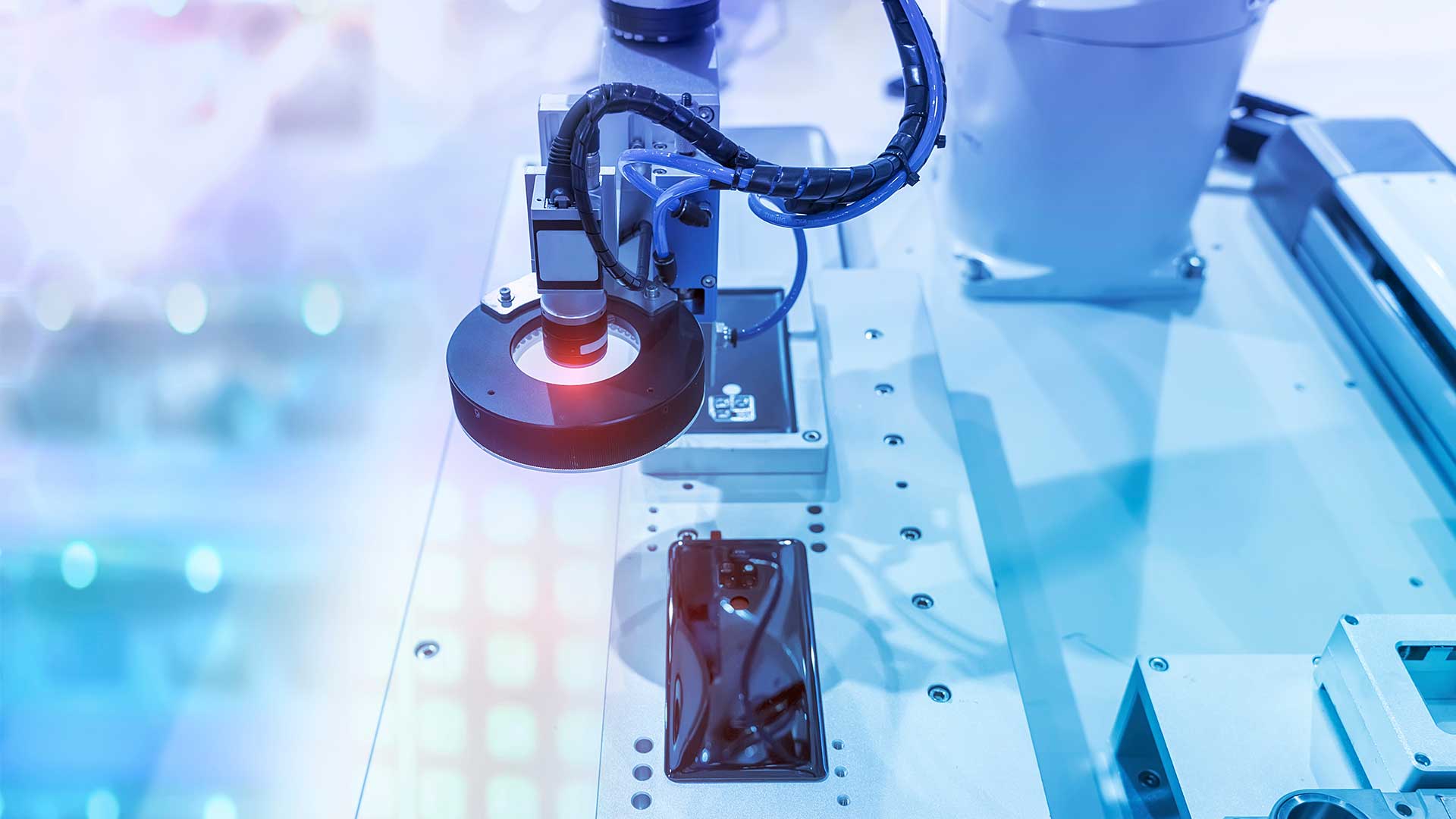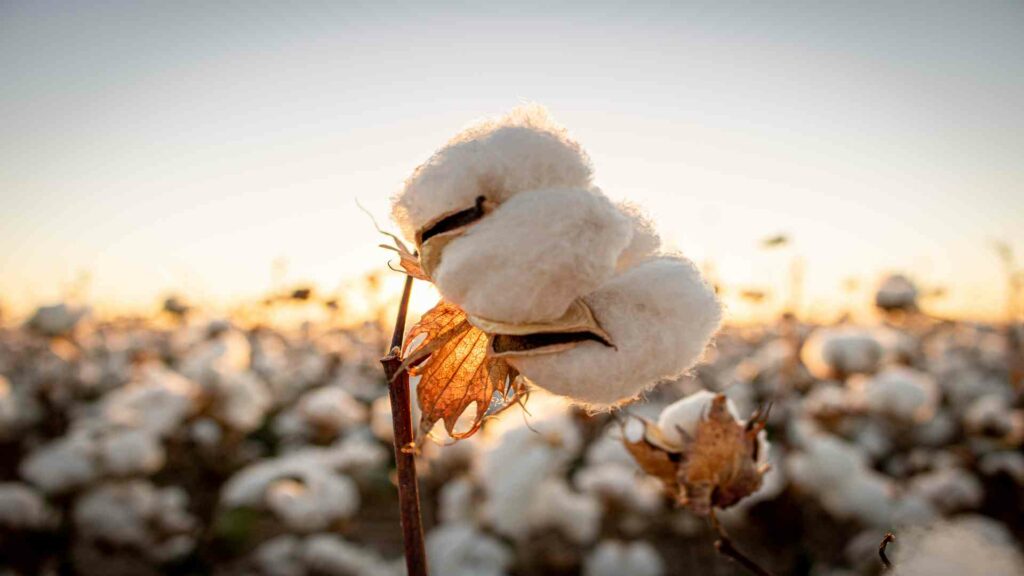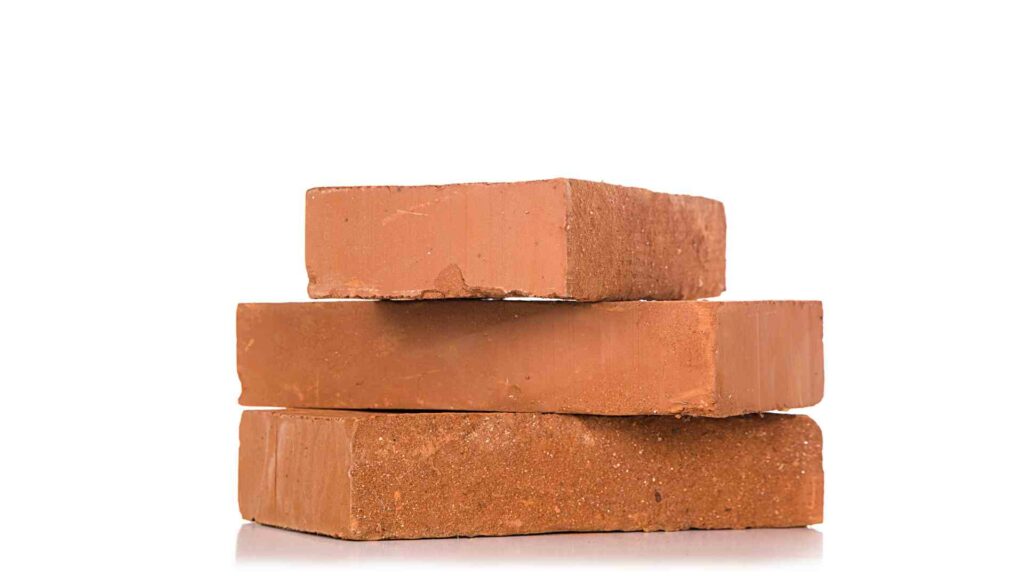Boron In Glass
Apple and Boron: Toughened glass products use Boron for its remarkable qualities and malleability in development and strength as a finished product. So how did Steve Jobs give the industry a boost to toughened glass production in the early days?

Apple and Boron
When Boron is combined with silicon dioxide, a toughened glass is the result that is remarkably durable compared to conventional soda-lime glass, which is found in windows and low-cost bottles.
Indeed, the toughened glass industry owes a deal of gratitude to Boron as Boron is a critical ingredient in vital glassware for industrial and laboratory uses. The combination of durability and low coefficient of thermal expansion means it can withstand shocks and rapid temperature changes much better than conventional soda-lime glass.
The word Pyrex comes to mind when thinking of toughened borosilicate glass. It dates back to 1915, when the Corning Glass company researched toughened glass. Dr. Jessie Littleton is said to have taken home a piece of experimental glass that his wife used to do some home baking. The cake was cooked in the oven in the glass vessel, which did not crack or break; 100 years later, the world continues to use Pyrex in kitchens everywhere.
Vibrations are Key
Glass expands and contracts quickly with temperature change. The material’s atoms vibrate more with heat, and the glass increases the gap between atoms. The opposite occurs with cold temperatures.
Further, a phenomenon called devitrification – the tendency of a material to form crystals with temperature change – is critical to how glass melts, the viscosity, and can be manipulated during manufacture for different purposes.
Corning has exploited the qualities of glass with Boron to create several technical glasses for use in everything from laboratory glass to glass substrates for high-performance displays and protective glass used in mobile phone devices.
This combination of malleability in production and hardness in the final product makes Boron a superstar in glass products. So what is the connection between Steve Jobs and Corning?
Boron is one of the key ingredients in early Corning® Gorilla® Glasses. It all happened serendipitously. The research lab would cut the glass up by scoring lines across it and then snapping the pieces for examination in the search for new compositions. However, one researcher, Dr Matthew Dejneka, recounts the near impossibility of breaking the glass along the score lines. We reused Boron for’ bubble removal’ in the mirror and accidentally discovered it made the glass hugely damage resistant.
Apple Comes to Call
According to the story, it was when Steve Jobs visited the company as he was looking for something challenging to replace the plastic in his early iPhone devices.
According to Steve Jobs’s biographer, Walter Isaacson, Jobs was keen to use glass, not plastic, for his new iPhone product in early 2007, but many glasses cracked far too quickly. A colleague suggested he check with Corning as they had a reputation for toughened glass products from as far back as the 1960s.
Unlike most suppliers, who visited Apple to sell their wares, Steve Jobs flew into New York headquarters in 2006 to meet with Corning’s CEO. He asked whether the company could make a toughened glass to meet production requirements for his new iPhone range within six months. The now-famous ‘Gorilla Glass’ was brought up, but Corning executives were still in the research labs. Typically, Jobs would not take no for an answer and placed a substantial order for a non-commercial glass product, part of the Summer 2007 iPhone product launch.
Corning produced several versions of Gorilla Glass with Boron inside, newer versions being thinner and yet more robust, using boron properties explained above to improve the product. Of course, heavy abuse will crack the most glass. Still, the enhanced scratch resistance ability to carry on working despite surface cracks greatly improved the quality and performance of mobile devices to this day.
Today, there are over 2.7 billion smartphone users 10 billion mobile devices in use, created by the smartphone industry.
The durable glass can also be found in laptops, tablets, wearable technologies such as smartwatches, office walls, and GPS systems.
Other Industries
For years, the military has also been using toughened glass heads-up displays (HUD) in fighter jets and helmets. And since the product technology has been declassified, other industries such as the automotive industry have taken up usage.
A laminated inner layer of glass with phosphorescent molecules glow red, green, or blue when illuminated by an ultraviolet projector. Next-generation HUDs will provide information on road conditions from the windshield, focusing the driver’s vision from two to 10 yards in front of the vehicle.
The automotive industry also uses lightweight, super-tough material in high-performance sports cars. Gorilla Glass lowers the vehicle’s overall weight, which allows higher speeds with the added benefit of helping new vehicles meet low emission standards and better mileage.
How Gorilla Glass is Made
Gorilla Glass has the base elements of a mixture of fine powders, including limestone, sand, and sodium borate. Corning chemically strengthens Gorilla Glass by a compression technique before dipping it in a salt bath at 400 degrees Celsius. Small sodium ions are replaced in the glass by more major potassium ions from the salt.
The larger sodium ions take up more space in the glass and are pressed together as the glass cools, giving a layer of compressive stress on the glass. The compression makes the glass highly resistant to damage and breakage.
Gorilla Glass is hard, thin, light, and scratch-resistant. On the Mohs scale of mineral hardness, Gorilla Glass rates a nine out of ten. Regular glass scores seven and is much softer.
Boron is also used in cubic boron nitride for cutting tools for toughened glass. Cubic boron nitride (CBN) and diamond tools are needed to cut holes and form the glass. Cubic boron nitride is an artificial abrasive that has properties similar to diamond, particularly hardness.
It’s a sign of success that competitive products have arisen. Competitors, including Japan’s Asahi Glass, produce similar glass products. Samsung has developed what they call an unbreakable screen.
Glass companies will continue to innovate, and demand from innovators such as Steve Jobs will be the spur for ever-improved performance end efficiency across multiple sectors where glass is used.





